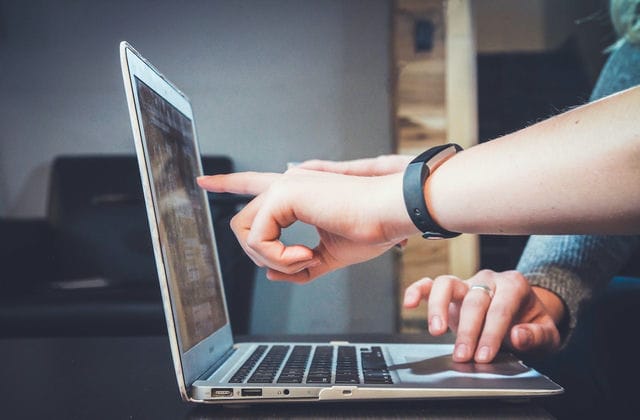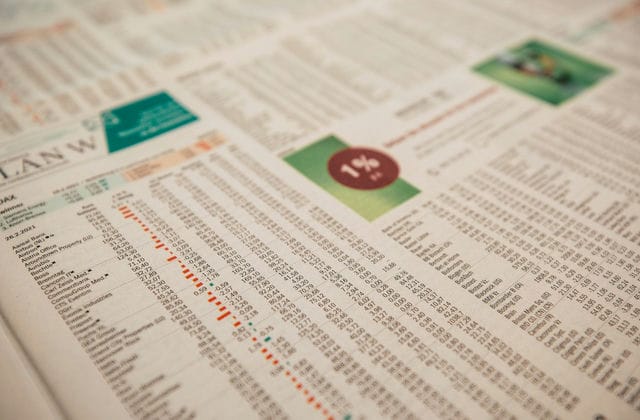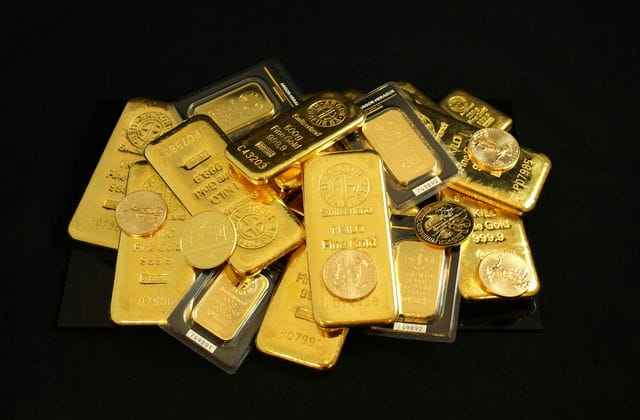Foreign Exchange Rates Trade and Investment
Importers and exporters pay one currency when they import goods and receive another currency when they export them. This means that they receive and pay in different currencies when they settle their accounts. As a result, they need to exchange some of the currency they receive into a currency that can be used to purchase goods. In a similar way, a company buying a foreign asset must pay in the currency of the country in question and therefore needs to convert that country's currency into the currency of the country in question.
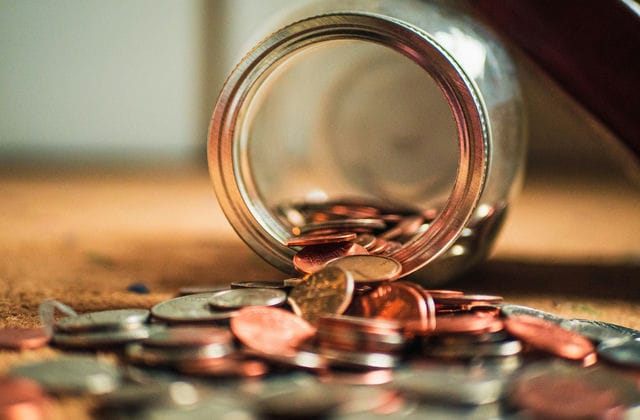
Foreign exchange rate speculation
The exchange rate between two currencies changes as the supply and demand between the two currencies changes. A trader can make a profit by buying one currency at one rate and selling that currency at another, more favorable rate. Speculation accounts for approximately the vast majority of trading in the foreign exchange market.
Foreign exchange rate hedging
Because of fluctuations in the exchange rate between two related currencies, companies that own foreign assets (such as factories) can suffer some risk when they translate those assets into that country's currency. When foreign assets denominated in a foreign currency remain constant in value over a period of time, a gain or loss can occur if the exchange rate changes and the value of this asset is translated in the domestic currency. The company can eliminate this potential gain or loss by hedging. This is done by executing a foreign exchange transaction that results in just offsetting the gain or loss on the foreign currency asset arising from the change in the exchange rate.
Foreign exchange rates
Foreign exchange trading is generally concentrated in financial institutions such as commercial banks. They buy and sell foreign exchange for the purpose of pursuing profits, the method is to buy cheap, sell expensive, earn the difference between the purchase and sale, commercial banks and other institutions to buy foreign currency based on the exchange rate called " Buying Rate", also known as "buy price"; sell foreign currency When selling foreign currency based on the exchange rate called "Selling Rate" , also known as "selling price", buying exchange rate and selling exchange rate difference between the range of general in one thousand to five thousandths, different countries, the difference between the two, that is, commercial banks The profit of buying and selling foreign exchange. Buy exchange rate and buy exchange rate added together, divided by 2, is the intermediate exchange rate. In the foreign exchange market listing of foreign exchange quotations are generally listed buy exchange rate and sell exchange rate. In the direct markup method, a certain foreign currency after a local currency figure that "buy price" that the bank to buy foreign currency to pay the customer the number of local currencies; after a local currency figure that "sell price" that the bank to sell foreign currency to the customer the number of local currencies. Under the indirect method, the opposite is true, as the first foreign currency figure after the local currency is the "selling price", i.e., the number of foreign currencies paid to the customer when the bank receives a certain amount (1 or 100) of the local currency and sells the foreign currency; the second foreign currency figure is the "buying price", i.e., the amount paid by the bank (1 or 100) of the local currency. That is, the bank pays a certain amount (1 or 100) of the local currency and buys foreign currency, it charges the customer the number of foreign currencies.
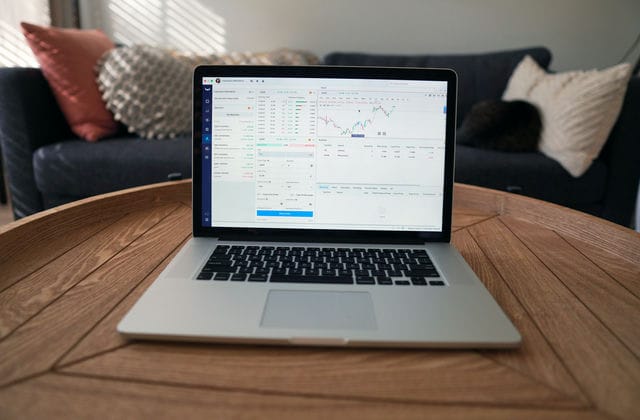
The rise in the foreign exchange rate, as described in the economic press, means that foreign currencies are more expensive under the direct pricing method, and therefore more local currency is exchanged for foreign currency than before, and the amount of local currency exchanged for foreign currency is less than before. The opposite is the case when the foreign currency exchange rate falls.

















